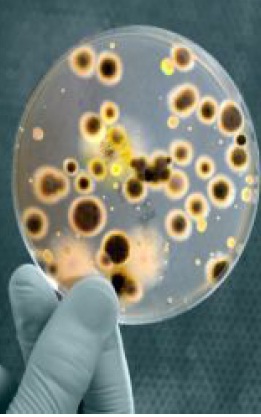





Published on Feb 13, 2025
The objective: To investigate if natural preservatives like vinegar and salt can prevent bacteria from growing
Why are preservatives added to foods?
What are preservatives?
What is bacteria?
How does bacteria grow?
Preservatives are used in foods to slow down the growth of bacteria and keep foods fresh. There are many different types of preservation techniques including refrigeration, freez ing, canning, dehydration, salting, carbonation, and the addition of chemicals.
Helping food to stay fresh is important to keeping people well-fed and healthy. People have discovered many ways to preserve foods including refrigeration, dehydration, and canning. Scientists have also learned that preservatives can be added to foods to slow the spoiling process. Some of the most common preservatives for slow the spoiling process include sulfites, benz oates, and nitrates. These preservatives can be found on the ingredient labels of many different foods today. Sulfites found vinegar help to slow the growth of bacteria. Sodium, such as salt, is also used as a preservative. In this investigation, vinegar and salt act as preservatives keeping bacteria from growing in the bouillon mixtures.

Masking tape
Pen
3 clear drinking glasses
3 chicken bouillon cube
3 spoons
3 cups hot tap water
1 tablespoon vinegar
1 tablespoon salt
Measuring spoons
Measuring cups
1. Gather the necessary materials.
2. Using the masking tape, label one glass “Salt,” another glass “Vinegar,” and the third glass “Water,”
3. Place one bouillon cube and spoon in each glass.
4 . Carefully pour one cup of hot tap water in each glass. Stir until the bouillon cube is completely dissolved.
5. Add one tablespoon of salt to the glass labeled “Salt.” Add one tablespoon vinegar to the glass labeled “Vinegar.” Record the appearance of each liquid.
6. Place all three glasses in a warm place that receives sunlight such as a window.
7. After three days, record the appearance of each liquid.
Microbe Zoo at the Digital Learning Center for Microbial Ecology
Infection, Detection, Protection at the American Museum of Natural History
“Focusing on Preservatives: How They Keep Food Fresh” Science Daily, 2002
“How Food Preservation Works” by Marshall Brain, 2006